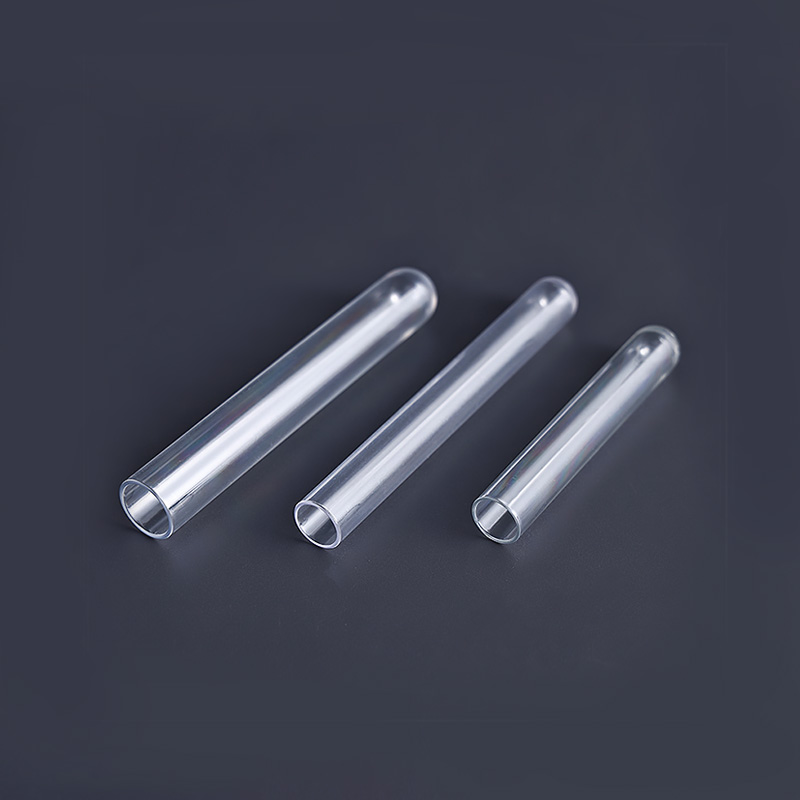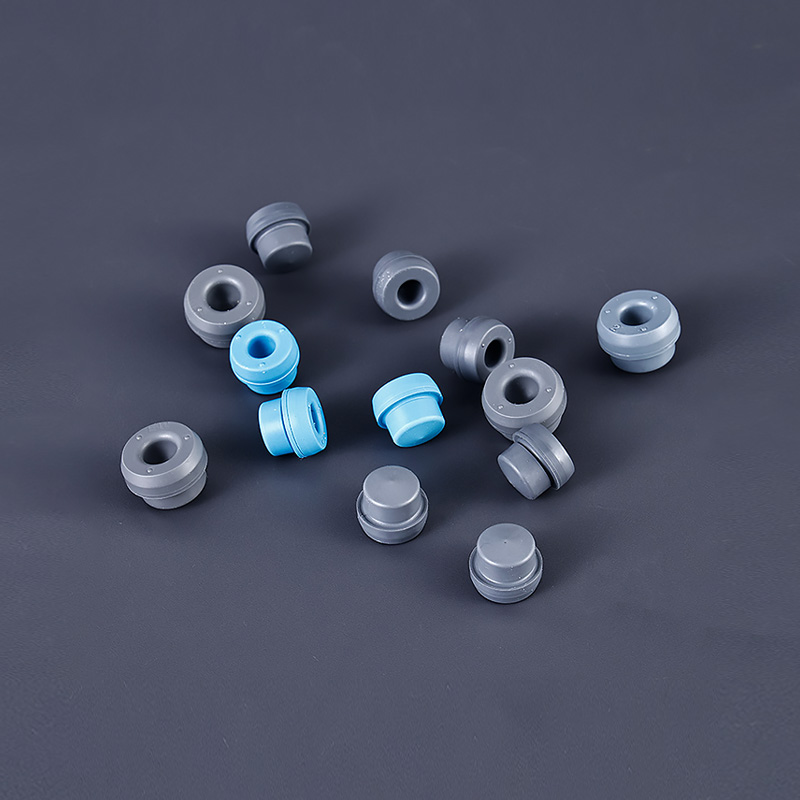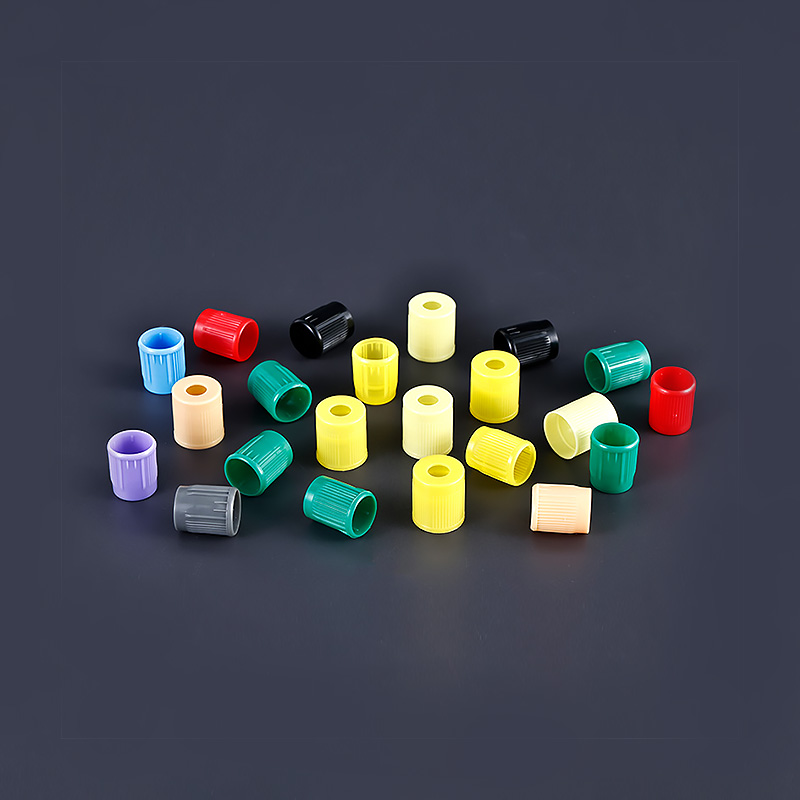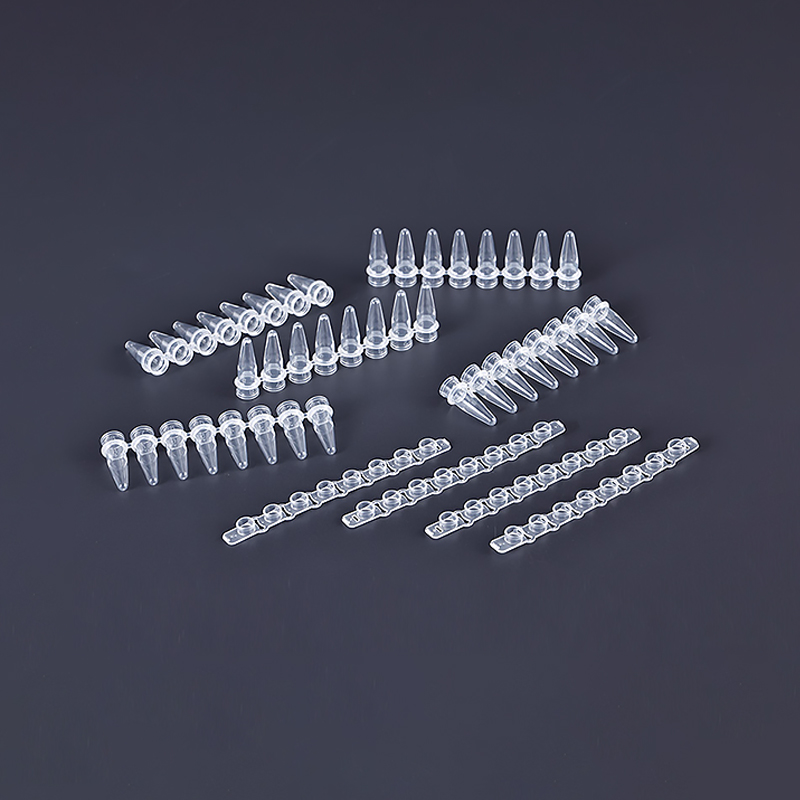OEM Custom Injection Medical Device Molding Maker Supplier
Custom medical device molding is a specialized field that combines advanced manufacturing techniques with stringent quality control to produce high-quality medical devices. This process is crucial for meeting the unique and often complex requirements of the healthcare industry.
Custom medical device molding is essential for creating devices that cater to specific medical needs. It allows manufacturers to design and produce devices that are tailored to the exact specifications required by healthcare professionals and patients. This customization is vital for improving patient outcomes, ensuring compatibility with existing medical systems, and facilitating innovative medical solutions.
The choice of materials for custom medical device molding is critical, as they must meet the high standards of biocompatibility, durability, and safety. Common materials used in this process include:
1. Polymers: These are often chosen for their versatility, strength, and ability to be sterilized. Examples include polyethylene, polypropylene, and PVC.
2. Metals: Stainless steel, titanium, and aluminum are frequently used for their strength, corrosion resistance, and biocompatibility.
3. Silicone: Known for its flexibility and biocompatibility, silicone is used in various medical devices, especially those that come into contact with human tissue.
Several molding processes are employed in the production of custom medical devices, each with its own advantages and applications:
1. Injection Molding: This process involves injecting molten material into a mold and allowing it to cool and solidify. It is ideal for producing complex shapes and large quantities of devices.
2. Compression Molding: This technique is used for materials that do not melt, such as powders or thermosetting polymers. The material is compressed into a mold under heat and pressure.
3. Transfer Molding: Similar to injection molding, transfer molding involves transferring material from a pot into a closed mold. This method is suitable for more intricate designs.
4. Blow Molding: Used primarily for producing hollow or tubular medical devices, blow molding involves inflating a parison (a preform shaped like a tube) into a mold using compressed air.
Ensuring the quality and safety of custom medical devices is paramount. Manufacturers must adhere to strict quality control measures, including:
1. Adherence to regulatory standards such as ISO 13485, which sets out the requirements for a comprehensive quality management system for the design and manufacture of medical devices.
2. Rigorous testing and validation processes to ensure the devices meet the required performance and safety standards.
3. Implementation of cleanroom environments to maintain sterility and minimize contamination during the molding process.
The benefits of custom medical device molding are numerous and include:
1. Precision: Custom molding allows for the production of devices with exact dimensions and features, ensuring compatibility and functionality.
2. Innovation: The ability to create unique designs and shapes fosters innovation in the medical field, new and improved treatments and procedures.
3. Cost-effectiveness: By producing devices tailored to specific needs, manufacturers can reduce waste and streamline production, resulting in cost savings.
4. Patient comfort: Custom devices can be designed to better accommodate individual patient needs, improving comfort and user experience.
Custom medical device molding is a critical aspect of the healthcare industry, enabling the production of high-quality, tailored devices that meet the unique demands of medical professionals and patients. By utilizing advanced materials, molding processes, and stringent quality control measures, manufacturers can ensure the safety, effectiveness, and innovation of these life-saving devices.





